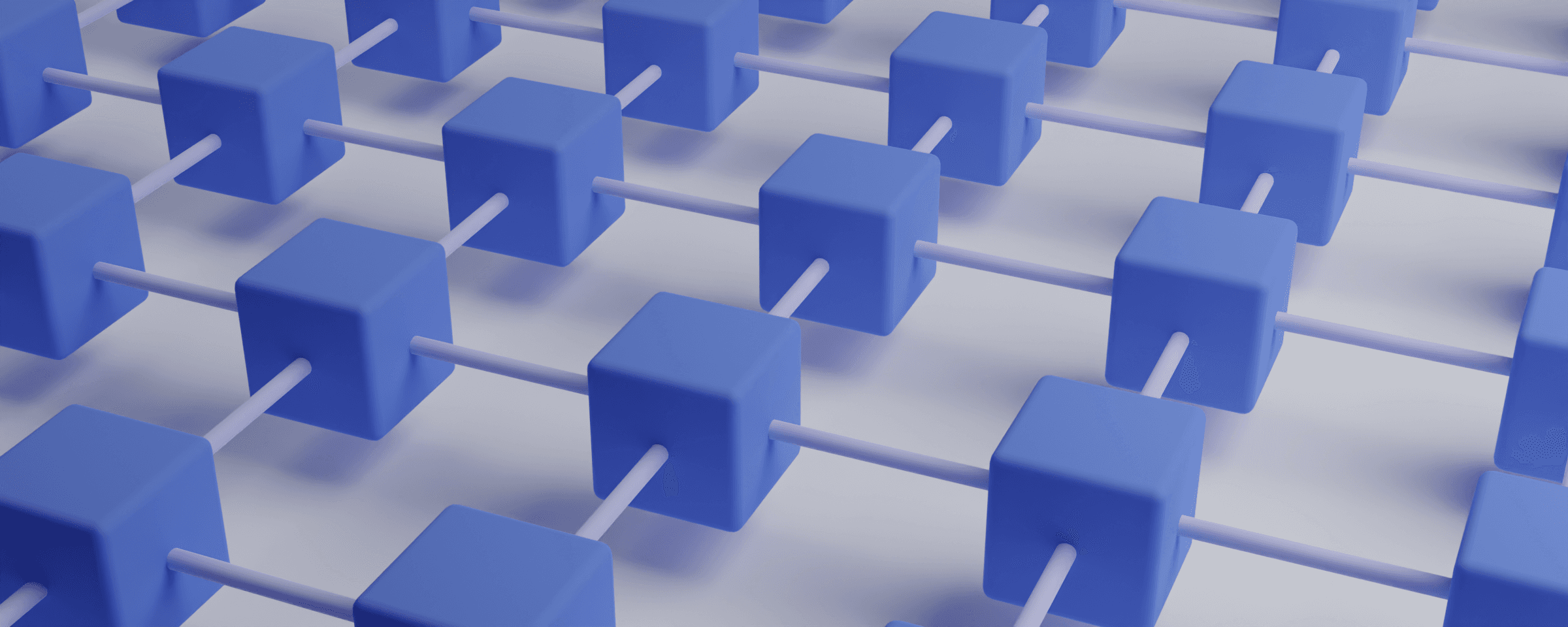
What is blockchain technology? Blockchain for dummies
We know this is a bit of a heavy subject to dive into. And you’re not alone if you think blockchain technology is complicated – because it definitely is. But by reading a little and understanding the basics, it becomes easier to see the opportunities that blockchain and cryptocurrency can bring, and why this is such an exciting innovation.
If you want to read more about cryptocurrencies which is closely related to blockchain technology you can click here.
In this article, you’ll learn:
- What a blockchain really is (a kind of digital ledger).
- How it stores information in a way that can’t be tampered with.
- Why you don’t need a bank or a boss to oversee everything.
- That blockchains can be used for more than just “bitcoin” – such as supply chain tracking or secure digital contracts.
- The pros and cons of centralization vs. decentralization.
In short: a simple introduction to a technology that’s changing much more than just money.
Click here if you want to learn more about how to get started investing in cryptocurrency.
Summary for busy readers
- A blockchain can store information, decentralized on the internet.
- Decentralized = stored in many places at the same time, with no single party able to control the content.
- Example: The internet itself is spread across participants worldwide and isn’t controlled by a single entity.
- For something to be accepted on the blockchain, all participants must agree on what is “true.”
- Blockchain technology makes it possible for people around the world to participate in the network, without knowing or trusting each other. This is called a consensus mechanism.
Blockchain works well for creating a digital money system, but it can also be used for many other things.
When one person sends money to another, a transaction occurs – just like when you transfer money between banks.
The “money” or “assets” transferred over the blockchain are called cryptocurrency. This could be bitcoin, but it could also be digital art, digital assets, or even a contract representing ownership of a physical asset.
What can blockchain be used for?
Why should you care about blockchain? Here are some examples:
- Cryptocurrency (digital money on the blockchain).
- Gaming (integrating blockchain into games).
- Supply chain management.
- Secure online data storage (safer cloud solutions).
- Domain names.
- Digital identity.
- Tokenization of real-world assets.
- Smart contracts – agreements that execute automatically.
Example: You buy a ticket, and the blockchain ensures you receive it automatically, without manual approval. This concept was introduced by Ethereum.
Blockchain for dummies – what is it really?
Think of a blockchain as a digital ledger that records who owns what, and who sends money to whom on a digital network. This ledger is stored online in a decentralized way.
Decentralized means:
Copies of the same ledger are stored on many computers worldwide. Each participant has an identical copy, and only when everyone agrees that the information is correct can new data be added.
Why is it called a “blockchain”?
Since there are many transactions, they’re grouped into “blocks” that must be approved one at a time. Once a block is approved, it becomes permanent and cannot be altered.
These blocks are digitally linked together in a chain – hence the term blockchain.
How is blockchain kept secure?
To prevent tampering, the system uses rules that make cheating costly and unattractive, while rewarding participants who help maintain security.
Example: If it costs you $10,000 to break into a bank that only contains $5,000, would you bother? No – you’d lose money.
It works similarly with blockchain: it’s more expensive to cheat than to follow the rules – and you can even be rewarded for helping.
- Bitcoin: Miners run powerful computers to validate blocks of transactions. They’re paid in bitcoin, but only if the data is correct. If they cheat, they earn nothing and waste their resources. You can read more about Bitcoin mining here.
- Ethereum: Participants “stake” their cryptocurrency as collateral to validate blocks. If they cheat, they lose their stake.
The Byzantine Generals Problem
Blockchain tecnology makes a solution to an ancient problem. See this video, which explains it better. Here is a youtube video that explains the problem.
Centralization vs. decentralization
In a centralized money system, banks and payment processors like Visa handle transactions. This works well, but has downsides:
Advantages of centralization:
- A single point of control and administration.
- Scalable – thousands of transactions per second.
- User-friendly and well-established.
Disadvantages of centralization:
- Single point of failure – if the system goes down, you can’t pay.
- Power is concentrated in a few actors → risk of fraud or corruption.
- User data can be exploited or sold to third parties.
With blockchain, you can pay a friend or make a purchase directly – no bank or middleman required.
It’s not just about money – the same applies to data storage.
Example: If you store documents on Dropbox and Dropbox gets hacked, attackers may access your files. With a decentralized system, an attacker would need to hack you directly – not the entire platform.
Which is better?
It depends. Sometimes centralization works best, sometimes decentralization does. The key point is: blockchain offers an alternative, opening the door to innovation.
Conclusion
Blockchain may feel technical and complex, but hopefully this article has given you a clearer, more accessible understanding of how it works – and why it matters.
If you’d like to learn how blockchain was used to create the world’s first cryptocurrency, Bitcoin, you can read more here.
And if you want to know how to get started with investing in cryptocurrency, click here.
